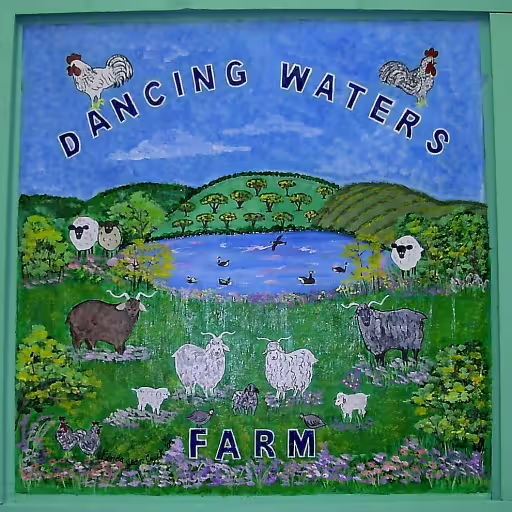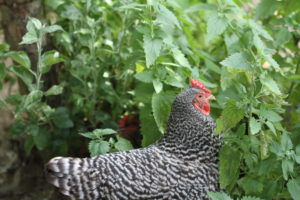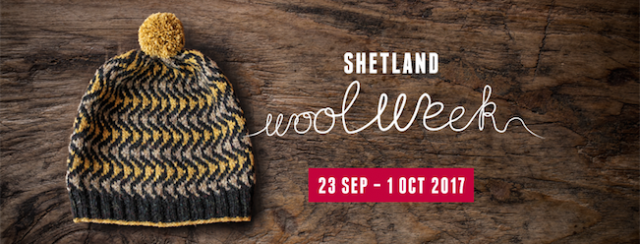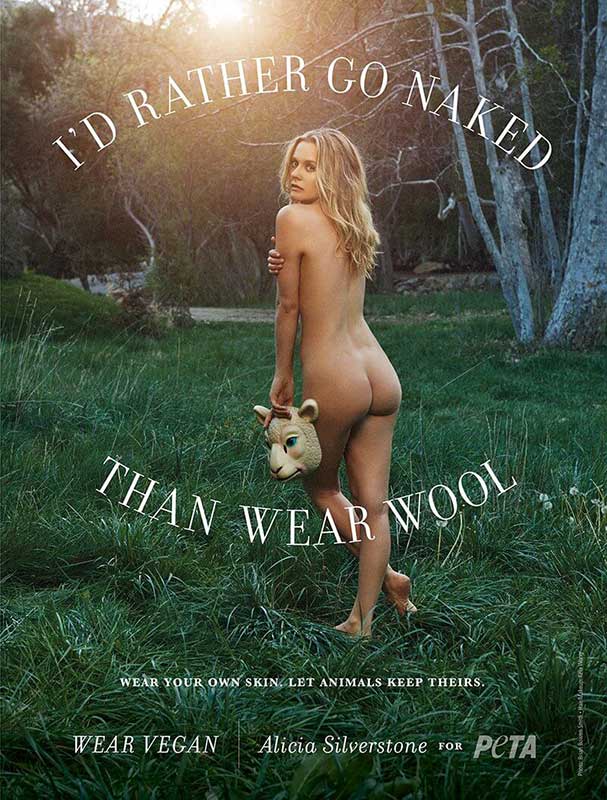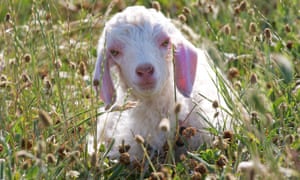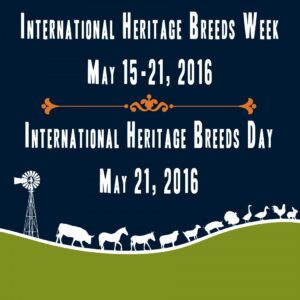Acupuncture
Acupuncture is making it’s way into the tool set of livestock veterinarians! It’s especially useful for chronic conditions such as arthritis, disc disease, back pain and musculoskeletal injuries, gastrointestinal disorders, neurological problems, and respiratory issues. Check out the details in this May 2022 Lancaster Farming article.
At Last a NJ Vet School
It’s gotten increasingly difficult to find livestock veterinary services throughout NJ, so it was great to hear that Rowan University has announced the planned opening of the first school of Veterinary Medicine in NJ! It will be located in Sewell, NJ and plans an inaugural class of 60 students in Fall 2025 (pending approval by the American Veterinary Medical Association Council on Education). Today there are only 33 USA accredited vet schools of which 5 are on the East Coast. With the addition of the new school, Rowan will become one of two universities in the nation to offer doctor of veterinary medicine, doctor of medicine and doctor of osteopathic medicine degrees. More details available in the January 2022 article listed below.
